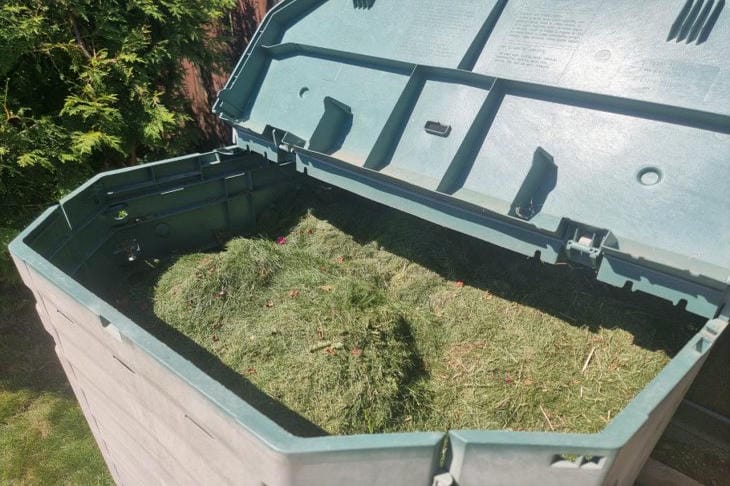What you shouldn't add to a compost pit: a note for summer residents
The quality of compost largely depends on the components from which it is made.
When choosing raw materials for compost, you need to remember that a compost pit is not a trash bin, but a place where you can dispose of most of your organic waste.
The quality of compost largely depends on the components from which it is made, so you need to carefully choose what raw materials to put in the compost pit.
You cannot put artificial textiles, ceramics, metal, plastic or other inorganic components into the compost pit.
Such raw materials do not decompose, but under the influence of heat emanating from rotting organic remains, they can release toxic substances.

Do not throw sharp or hard objects into the compost pit, such as broken boards, pine and spruce cones, or rose stems with thorns.
Bones, meat scraps, animal and vegetable fat, leftovers from cooked meals and raw fish should also not be thrown into the compost pit. Any food waste usually goes bad quickly and attracts rats and other rodents.
The waste products of carnivorous animals and humans cannot be added to the compost heap. The exception is the manure of herbivorous animals, but it can only be used for compost if it is not contaminated.
A bad option for a compost pit are diseased and poisonous plants, plant residues from crops that have been treated with chemicals.
Beneficial bacteria and earthworms living in the compost pit do not like citrus peels, so this component is also not recommended for adding to compost.
It is not recommended to add hogweed, as well as the roots of couch grass and other perennial weeds to the compost heap, as the weeds may germinate.
Weeds can only be placed in concrete rings with a tight lid, only in this case they will not sprout, but will completely rot.
